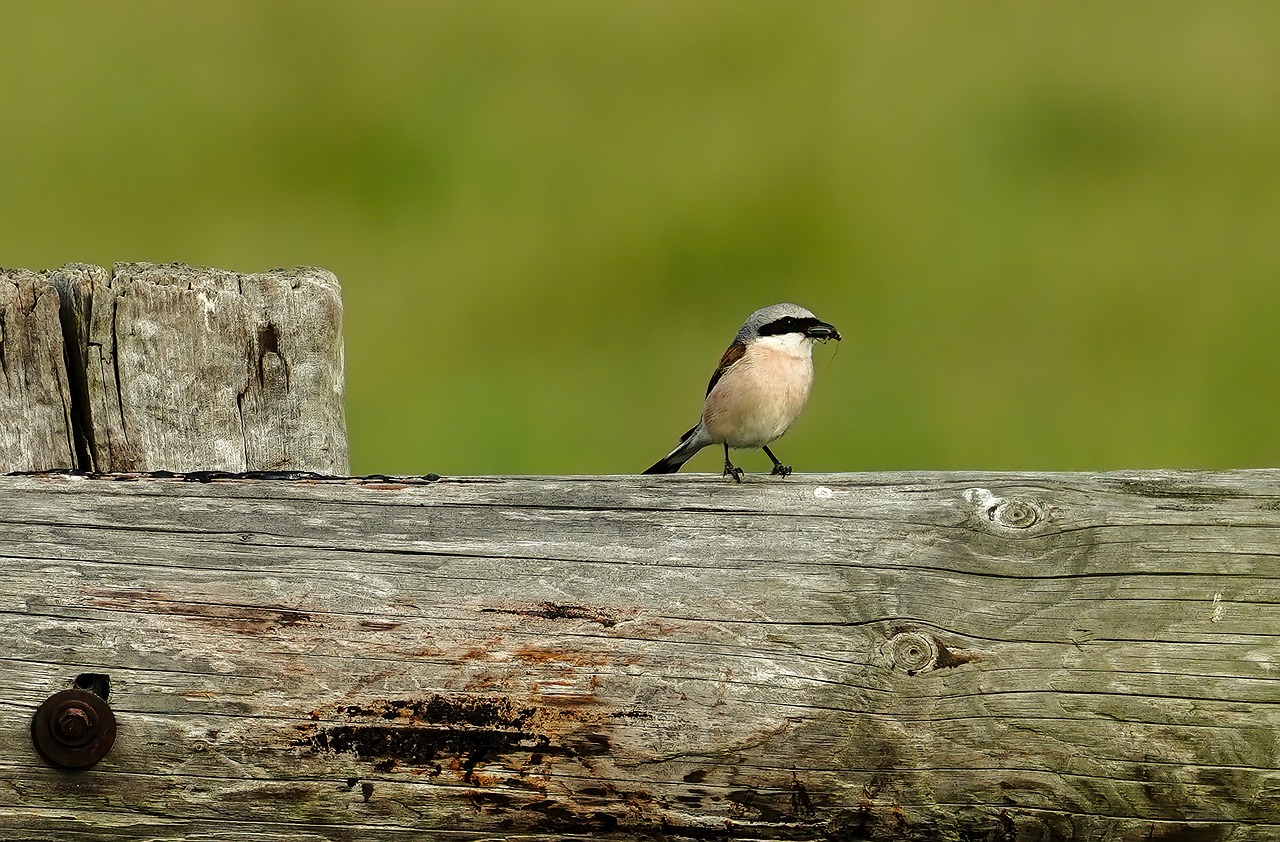The Red-backed Shrike Lanius collurio in southeastern Sweden: Habitat and territory
DOI:
https://doi.org/10.34080/os.v5.23012Keywords:
habitat degradation, threats, grazing, habitat selection, foraging ecology, agriculture, conservationAbstract
The population of Red-backed Shrike Lanius collurio in Sweden has declined considerably over the last two decades. Changes in agricultural practices and forestry management have been suggested to be the main reasons for this decline. Territory and habitat of a population of Red-backed Shrikes were studied extensively for four decades, and more intensively during the last 5 years, in Gryt, southeastern Sweden. Territories were fairly small, 0.5–1 ha. Characteristics of the habitat and the shrikes' use of habitat are described. Open sunny areas with plenty of well-spread perches were important. About 1,000 prey items were recorded mainly by analysing food remains in nests and in pellets below perches. Hymenoptera (55% by number) and Coleoptera (36%) dominated strongly in the shrikes' diet, vertebrates making up only 2.3%. The studied population appears to have remained stable over the four decades. However, a decline is likely to start soon also in this area, mainly as a consequence of the fact that cattle-grazing of natural, scrub-rich pastures is ceasing at a fast rate. Possible measures to protect different kinds of habitat essential to Red-backed Shrikes are discussed.
Downloads

Downloads
Published
How to Cite
Issue
Section
License
The copyright of each contribution belongs to the author(s), but all contributions are published under a Creative Commons license, so that anyone is free to share and reuse the contribution as long as the copyright holder is attributed.







